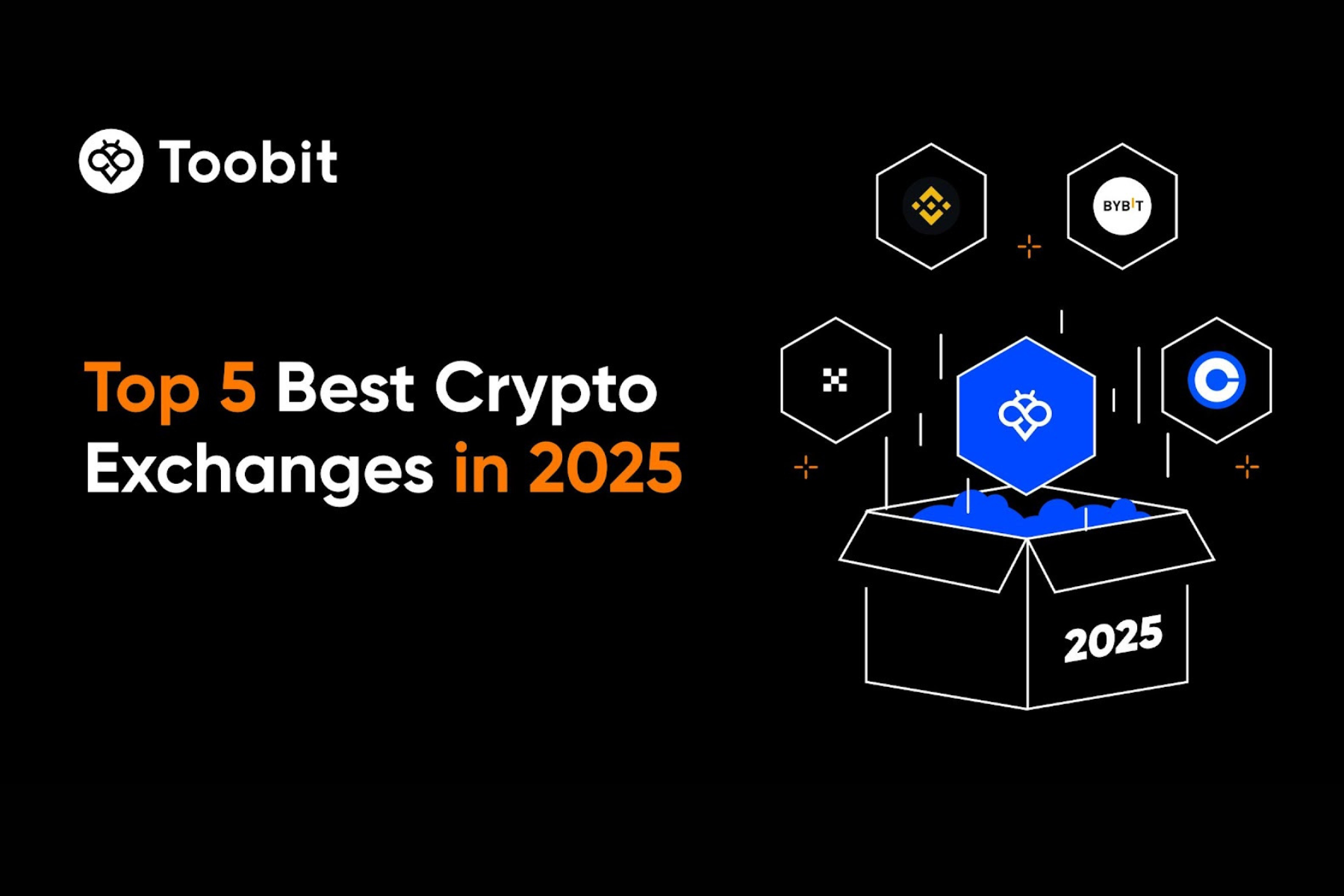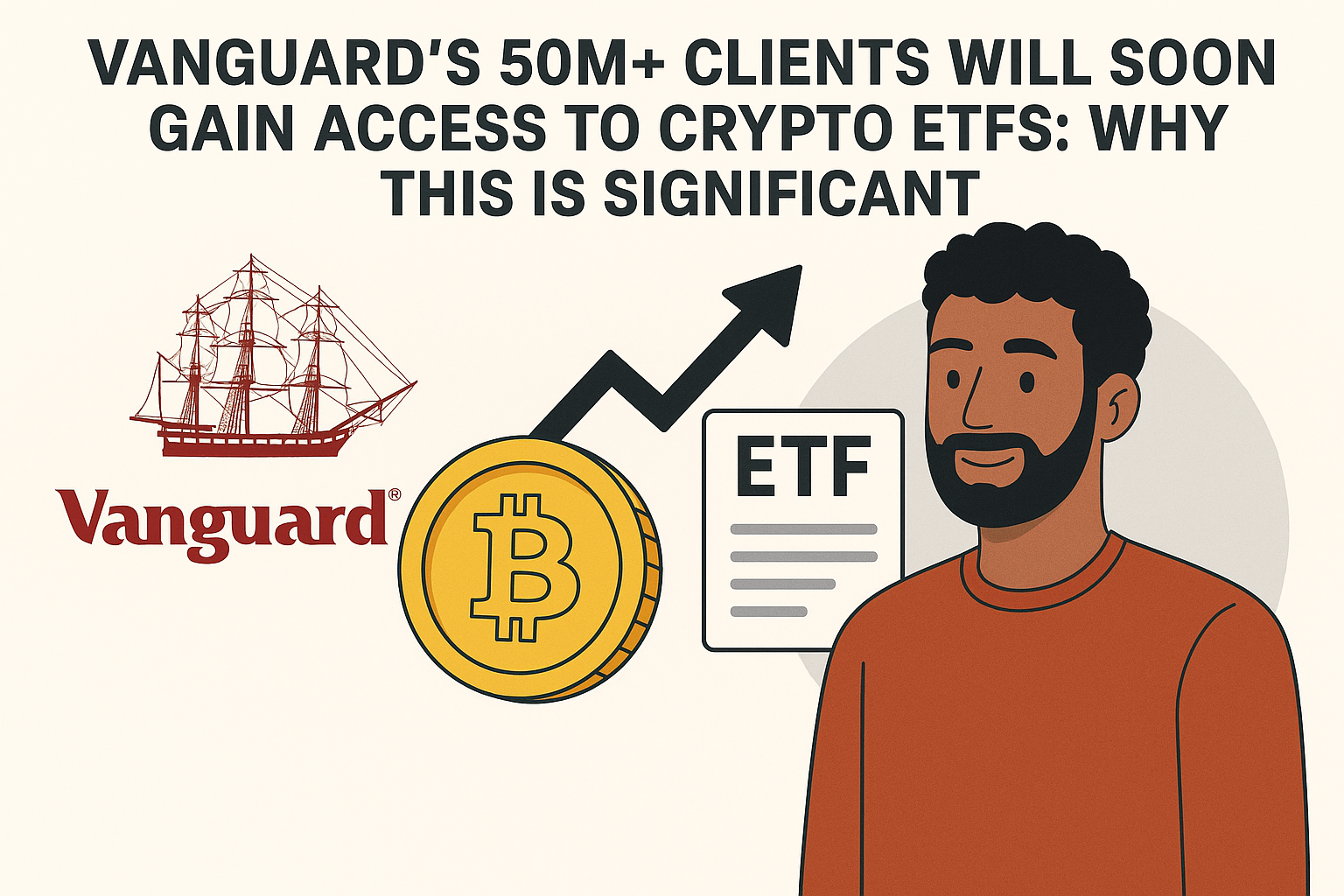Table of Contents
Introduction:
Whether you're trading cryptocurrencies for profit or diversifying your investment portfolio, understanding the fees associated with crypto exchanges is essential for maximizing returns.
With a wide range of exchanges and varying fee structures, it's crucial to navigate these complexities and develop cost-effective trading strategies. Altcoin Investor provides a comprehensive breakdown to help you make sense of crypto exchange fees, empowering you to make more well-informed decisions and reduce your trading costs.
In our in-depth guide, we explore different types of fees charged by cryptocurrency exchanges, such as trading fees, deposit and withdrawal fees, and network fees. We also delve into various fee calculation methods, including percentage-based, flat, and tiered, to help you determine the most cost-effective trading approach for your needs.
Trading Fees: Maker and Taker Fees
Understanding trading fees is crucial for savvy cryptocurrency investors, as they significantly influence your overall trading costs. Trading fees are typically divided into two categories: maker fees and taker fees.
Maker Fees
Maker fees apply when you place a limit order that doesn't execute immediately but is added to the order book. Essentially, you are "making" liquidity by adding to the market depth. Exchanges tend to charge lower fees for makers as they improve liquidity within the platform.
Taker Fees
Taker fees are incurred when you place a market order or a limit order that fills immediately upon submission. In this scenario, you are "taking" liquidity by removing an existing order from the order book. Taker fees are generally higher than maker fees due to their instant execution.
It's important to check the fee structure of the exchange you’re using, as some platforms adopt a percentage-based fee model, while others offer flat or tiered fee schemes based on your trading volume or account status.
Deposit and Withdrawal Fees
Besides trading fees, exchanges often charge fees for depositing and withdrawing cryptocurrencies. This section discusses these fees and offers strategies to mitigate their impact on your overall trading costs.
Deposit Fees
Although many exchanges don't charge fees for depositing funds, some platforms may apply fees depending on the deposit method you choose.
For instance, if you're depositing via a bank transfer or using a credit/debit card, there may be fees associated with the transaction. Always review the exchange's fee structure before performing a deposit to avoid unexpected charges.
Withdrawal Fees
Crypto exchanges typically charge withdrawal fees when you move cryptocurrencies from the exchange wallet to an external wallet or another exchange. These fees vary based on the type of cryptocurrency, network congestion, and other factors.
To lower the cost of withdrawals, consider withdrawing larger amounts less frequently, and be vigilant about selecting the most efficient withdrawal options provided by the exchange.
Network Fees: Understanding Gas Fees and Transaction Costs
Network fees, often called "gas fees" in Ethereum-based transactions, are costs incurred for processing transactions on a particular blockchain network. These fees are utilized to compensate miners or validators who secure and maintain the network by processing transactions, ensuring the network functions efficiently.
Network fees fluctuate depending on network congestion, and they are determined by supply and demand forces. During times of high congestion, network fees may increase significantly as users compete to get their transactions processed by offering higher fees to miners.
To minimize network fees, consider using customizable wallet options that allow you to alter the gas fee you're willing to pay. Some exchanges also offer services to optimize network fees for you, enabling you to save on costs without compromising transaction speed.
Comparing Fee Structures: Flat, Tiered, and Percentage-Based Fees
Different exchanges employ unique fee structures to remain competitive in the market. By understanding the various fee models, you can choose an exchange that best aligns with your trading behavior and reduces your overall costs.
Flat Fees
Flat fees involve a fixed cost per transaction, irrespective of the transaction size or currency. While some users may prefer the simplicity of flat-fee structures, it's essential to consider how the flat fee will impact your specific trading volume before selecting an exchange using this model.
Tiered Fees
Tiered fee structures involve varying fee rates based on pre-defined trading volume thresholds or account rankings. Users with higher trading volumes or account tiers usually enjoy reduced fees. Tiered fees incentivize more active trading on the platform and often result in cost savings for high-frequency traders.
Percentage-Based Fees
Percentage-based fee structures charge a proportion of the total transaction value, making them more adaptive to the specific trade size and currency pair. The fee percentage might differ based on maker or taker roles, as discussed previously.
Ensure you're mindful of the configured fee percentage when performing trades to budget for the costs associated with each transaction.
Strategies for Reducing and Managing Exchange Fees
Minimizing trading costs improves your overall investment performance, and it's worth considering several strategies to help you keep exchange fees in check:
- Choose an exchange with a favorable fee structure that complements your trading habits.
- Leverage maker fees by placing limit orders that improve market liquidity while reducing trading costs.
- Monitor and adjust your trading volumes to take advantage of tiered fee schemes.
- Consolidate your withdrawals and deposits to save on transaction fees.
- Utilize wallet solutions and exchange services that offer optimized network fee calculations.
By understanding and implementing these strategies, you can effectively manage the costs associated with cryptocurrency exchanges and maximize your investment returns.
Optimize Your Trading Experience: Manage Exchange Fees Effectively
Navigating the complex landscape of crypto exchange fees can be daunting, but with an informed understanding of fee structures and strategic planning, you can maximize your investment returns by reducing trading costs.
By comparing maker and taker fees, exploring deposit and withdrawal fees, understanding network fees, and selecting the best fee model for your needs, you'll be well-equipped to navigate the world of cryptocurrency exchanges more efficiently.
Altcoin Investor empowers you with the best crypto news, insights, and tools you need to make smarter investment decisions in the competitive crypto market.
Stay updated on the latest market trends, expert analysis, and valuable educational content by subscribing to our newsletter today. Enhance your trading experience by learning more about managing crypto exchange fees and other vital investment topics only at Altcoin Investor!








